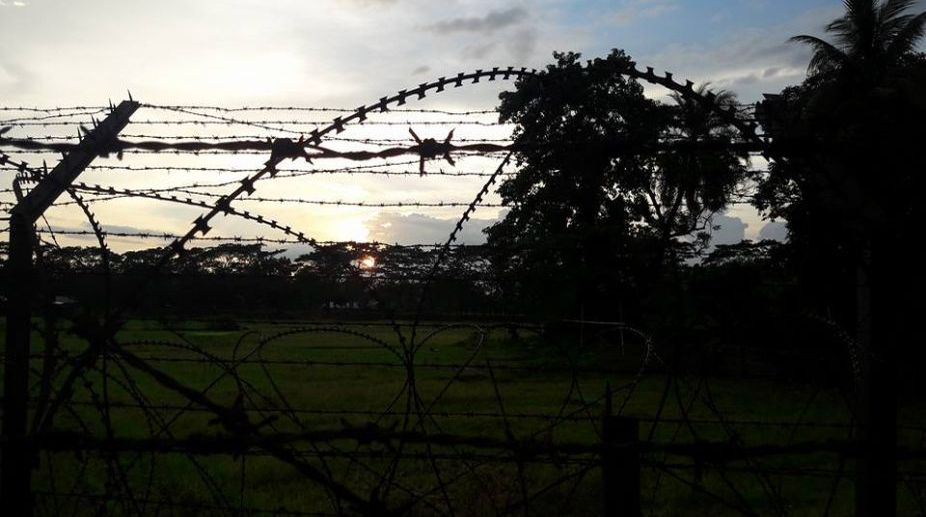Amid Centre’s decision to abolish the Free Movement Regime (FMR) with Myanmar, the Mizoram government announced on Thursday that over 1,000 Myanmar refugees have crossed the border, fleeing armed clashes involving the Myanmar military.
This influx has intensified a major controversy with the Mizoram government opposing the Union Home Ministry’s move to fence the border with Myanmar.
Advertisement
The 40-member Mizoram Assembly has adopted a unanimous resolution against the Centre’s decision to fence the India-Myanmar border and end the FMR agreement with the war-torn neighboring country.
The FMR agreement allows residents along the 1,643 km border between the two countries to travel up to 16 km into each other’s territory without a visa and stay for a limited period.
With the latest influx, the number of refugees in the northeastern state has surpassed 36,500, officials said.
The Myanmar nationals taking refuge in Mizoram are mostly from the Chin communities, who share ethnic ties with the Mizos.
Chief Minister Lalduhawma has raised concerns with the Assam Rifles, who guard the Myanmar border, about the unilateral closure of the Friendship Bridge between Myanmar and Mizoram without prior consultation with the Union Home Ministry or state authorities.
Champhai, Siaha, Lawngtlai, Hnahthial, Serchhip, and Saitual districts of Mizoram—share a 510-km border with Myanmar’s Chin state.
Officials reported that the Myanmar refugees entered Mizoram fleeing armed clashes between the Myanmar military, supposedly aided by the insurgent group Zomi Revolutionary Army – Eastern Command (ZRA-EC), and pro-democratic forces led by the Chin National Army (CNA).
Since May 5, more than 2,000 Myanmar refugees have entered Mizoram. The majority are staying outside relief camps, with relatives or friends, or in rented houses, while others reside in 149 relief camps across seven districts.











